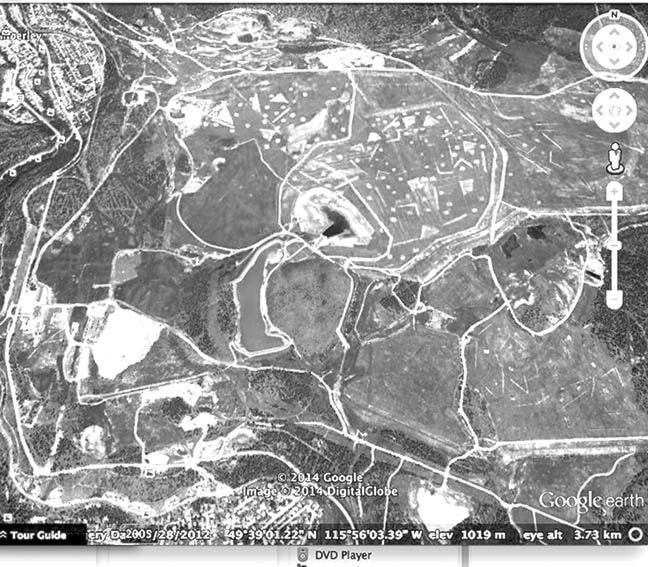CAROLYN GRANT
As reported in the Townsman last week, there was a previous break in the Cominco tailings ponds at the Sullivan Mine in 1948. A look through old newspaper clippings and Cominco magazines from previous years, show there were also incidents in 1974 and 1991.
In the spring of 1974, according to reports in the Daily Bulletin, water began seeping into streets and basements on 301st Street in Marysville. A study by an engineering firm determined the source was the calcine pond behind the Fertilizer plant. The report recommended that Cominco reduce the amount of water it was discharging into the calcine pond by adding a thickener. It also recommended a drainage ditch be put in at the toe of the bank to carry excess water into Cow Creek.
There was a problem with the tailings ponds in 1991 as well.
Cominco Magazine's December 1991 edition described it as follows.
"On August 23, at approximately 4 p.m., a major dyke failure 1,050 feet long occurred along the perimeter of the active tailings impoundment area at the Sullivan Concentrator. The failure occurred within an hour of the completion of another lift on this engineered structure. Fortunately, no one was injured and no tailings were released to the environment.
"The site was immediately secured, and the Mines Inspector was on site within two hours to inspect the area."
At that time, a drilling and soil sampling program was conducted to determine the cause and report on the stability of the entire structure.
Cominco Magazine reported in September of 1992 that 790,000 cubic yards of float rock were required to repair the failed dyke.
"During the investigation of the remaining iron dyke, the geo-technical consultant identified another area of foundation weaknesses similar to the failure area and several areas of localized weakness higher up in the dyke.
"These areas required stabilization to prevent another possible failure from occurring especially in the event of an earthquake."
There are lessons to be learned from each tailings dam failure suggests a paper written in BC in 2002 entitled 'Mine Tailings Dams: When Things Go Wrong'. The paper was written by Michael Davies, Todd Martin and Peter Lighthall at AGRA Earth & Environmental Limited, Burnaby, BC.
The report begins by stating: "Mine tailings impoundment failures continue to occur at unacceptable rates. The worldwide mining industry has experienced roughly one significant impoundment failure per year over the past 30 years.
"So why do failures of tailings dams continue to occur? The failures are not just of older facilities constructed without formal designs, but include facilities designed and commissioned in the past 5 to 20 years - supposedly the "modern age" of tailings dam engineering.
"The first step in evaluating the reasons for continued tailings dam failures comes from recognizing the uniqueness of mine tailings dams. The unique attributes include:
• Tailings impoundments are among the largest man-made structures with several approaching 1 x 109 tonnes of stored slurried tailings;
• Tailings dams are built on a continuous basis by mine operators; and
• Tailings dams are a cost to the mining process - they do not generate a revenue stream akin to a hydroelectric dam."
"The Sullivan tailings facility had been under the design and monitoring stewardship of a recognized consulting organization. This event served to demonstrate that "a well intentioned corporation employing apparently well-qualified consultants is not adequate insurance against serious incidents" (Morgenstern, 1998). Ironically, the 1991 event was similar in nature to a dyke failure that occurred in 1948. The passage of more than forty years should not have been enough to induce the designers into TDA (Tailings Dam Amnesia).
TDA refers to a state of tailings dam design or stewardship where lessons available at that very site are ignored in spite of ample available information on-site, visual evidence of previous event occurrence and/or published accounts of incidents on a given project."
